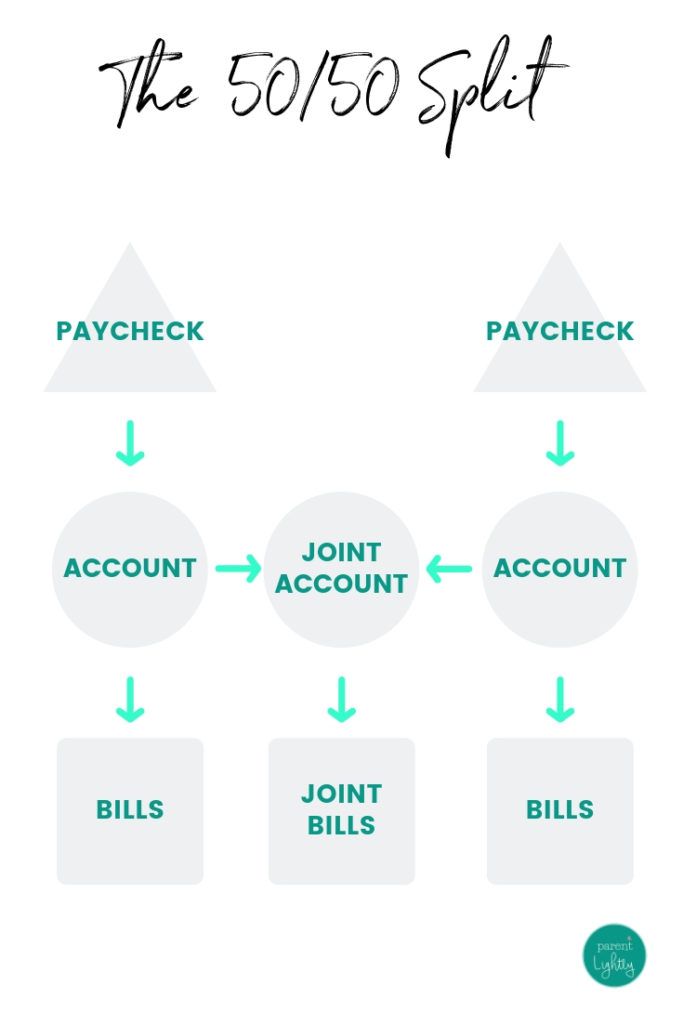When it comes to managing your finances, there are two main strategies that people often consider: saving and investing. While both are important aspects of financial planning, they serve different purposes and can help you achieve different goals. In this article, we will explore the differences between saving and investing, and help you determine which strategy is right for you.
The Basics of Saving
Saving is the act of setting aside a portion of your income for future use. The primary purpose of saving is to build an emergency fund, cover short-term expenses, or save for a specific goal such as a vacation or a down payment on a house. Savings are typically stored in low-risk accounts such as savings accounts, certificates of deposit (CDs), or money market accounts. These accounts offer low interest rates but provide easy access to your money when you need it.
The Benefits of Saving
Saving is a great way to ensure that you have a financial safety net in case of unexpected expenses or emergencies. It also allows you to reach short-term financial goals without taking on significant risk. Additionally, saving can help you develop good financial habits and discipline, as you need to consistently set aside a portion of your income for savings.
The Basics of Investing
Investing, on the other hand, involves putting your money into assets with the expectation of generating a return on your investment. The primary purpose of investing is to grow your wealth over the long term and help you achieve financial goals such as retirement, buying a home, or funding your children’s education. Common investment options include stocks, bonds, mutual funds, real estate, and ETFs. These assets have the potential for higher returns but also come with a higher level of risk.
The Benefits of Investing
Investing can help you grow your wealth at a faster pace than saving alone. By taking on some level of risk, you have the potential to earn higher returns on your investment over the long term. Investing also allows you to diversify your portfolio and take advantage of compound interest, which can significantly boost your overall returns.
Which Strategy is Right for You?
When deciding between saving and investing, it’s important to consider your financial goals, risk tolerance, and time horizon. If you have short-term financial goals or a low tolerance for risk, saving may be the right choice for you. On the other hand, if you have long-term financial goals and are willing to take on some risk, investing may be a better option.
It’s important to note that saving and investing are not mutually exclusive. In fact, many financial experts recommend a combination of both strategies to achieve a balanced financial plan. By saving for short-term goals and investing for long-term growth, you can create a comprehensive financial strategy that aligns with your goals and risk tolerance.
Conclusion
Ultimately, the decision to save or invest comes down to your individual financial situation and goals. By understanding the differences between saving and investing, you can make informed decisions that will help you achieve financial success. Whether you choose to save, invest, or a combination of both, the key is to start early, stay consistent, and regularly review your financial plan to ensure you are on track to meet your goals.







